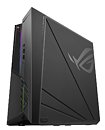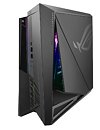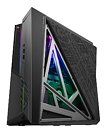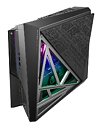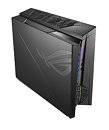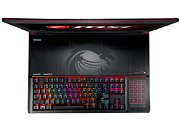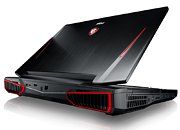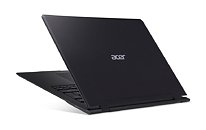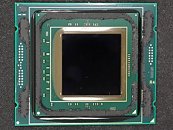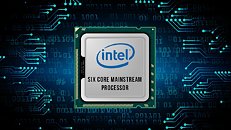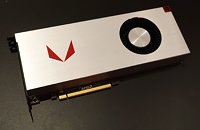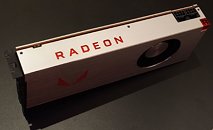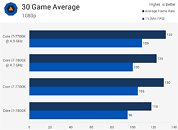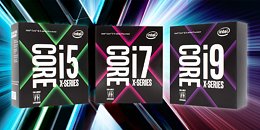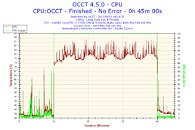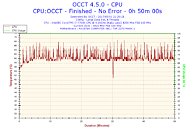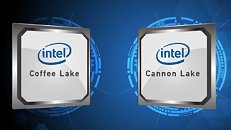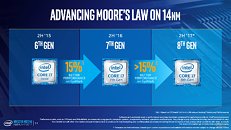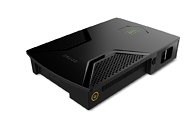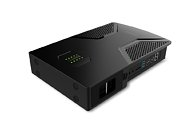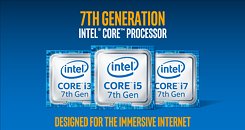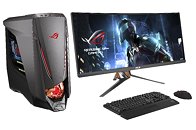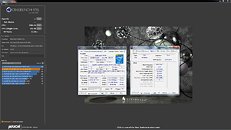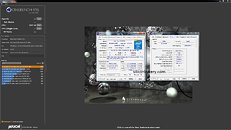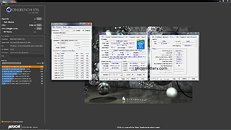
ASUS Republic of Gamers Announces the Huracan (G21)
ASUS Republic of Gamers (ROG) today announced the Huracan (G21), a compact gaming desktop powered by up to an 8th Generation Intel Core i7 processor and NVIDIA GeForce GTX 1080 graphics for extraordinary gaming. The Huracan has a unique magnetically-secured side cover that sets it apart from other gaming desktops. This foldable side cover can be opened to improve airflow into the system, and activate Aura lighting effects. The extra airflow provides the cooling needed for its high-performance components, so gamers can play the latest games at their most extreme settings.
Open up for More Performance
Opening the patented magnetically-secured side cover increases airflow into the system for better cooling. The sensors also activate the integrated Aura lighting effects. To ensure the very best gaming performance, the Huracan is powered by up to the latest 8th Generation Intel Core i7 processor with up to 32GB of DDR4 2666MHz memory, and NVIDIA GeForce GTX 1080 graphics. The Huracan is configurable up to a 512GB M.2 NVMe PCIe 3.0 x4 SSD and a 2TB HDD; and up to a 2TB HDD with Intel Optane Memory technology is also available. Intel Optane enables SSD-like performance from a large HDD, accelerating overall system performance and improving responsiveness for a blazing-fast computing experience.
Open up for More Performance
Opening the patented magnetically-secured side cover increases airflow into the system for better cooling. The sensors also activate the integrated Aura lighting effects. To ensure the very best gaming performance, the Huracan is powered by up to the latest 8th Generation Intel Core i7 processor with up to 32GB of DDR4 2666MHz memory, and NVIDIA GeForce GTX 1080 graphics. The Huracan is configurable up to a 512GB M.2 NVMe PCIe 3.0 x4 SSD and a 2TB HDD; and up to a 2TB HDD with Intel Optane Memory technology is also available. Intel Optane enables SSD-like performance from a large HDD, accelerating overall system performance and improving responsiveness for a blazing-fast computing experience.
